Depreciation Expense Analysis of JB Hi-Fi Limited 2017 Report
VerifiedAdded on 2020/05/16
|6
|663
|45
Report
AI Summary
This report analyzes the depreciation expense of JB Hi-Fi Limited, focusing on its 2017 annual report. The company, a consumer retail goods pioneer in Australia and New Zealand, recorded a total depreciation expense of $53.9 Mn, with $35.6 Mn attributed to plant and equipment and $18.3 Mn to leasehold improvements. The company uses the straight-line method and adheres to Australian GAAP and IFRS standards. The report details the reconciliation of property, plant, and equipment balances, including beginning balances, additions, disposals, and impairment charges. Depreciation is estimated based on the useful lives of assets, ranging from 1-15 years for leasehold improvements and 1.5-15 years for plant and equipment, with annual assessments and prospective adjustments. The report also discusses impairment assessments and the recognition of gains or losses on asset retirement, referencing AASB 2014 4 for clarification on acceptable depreciation methods.
1 out of 6
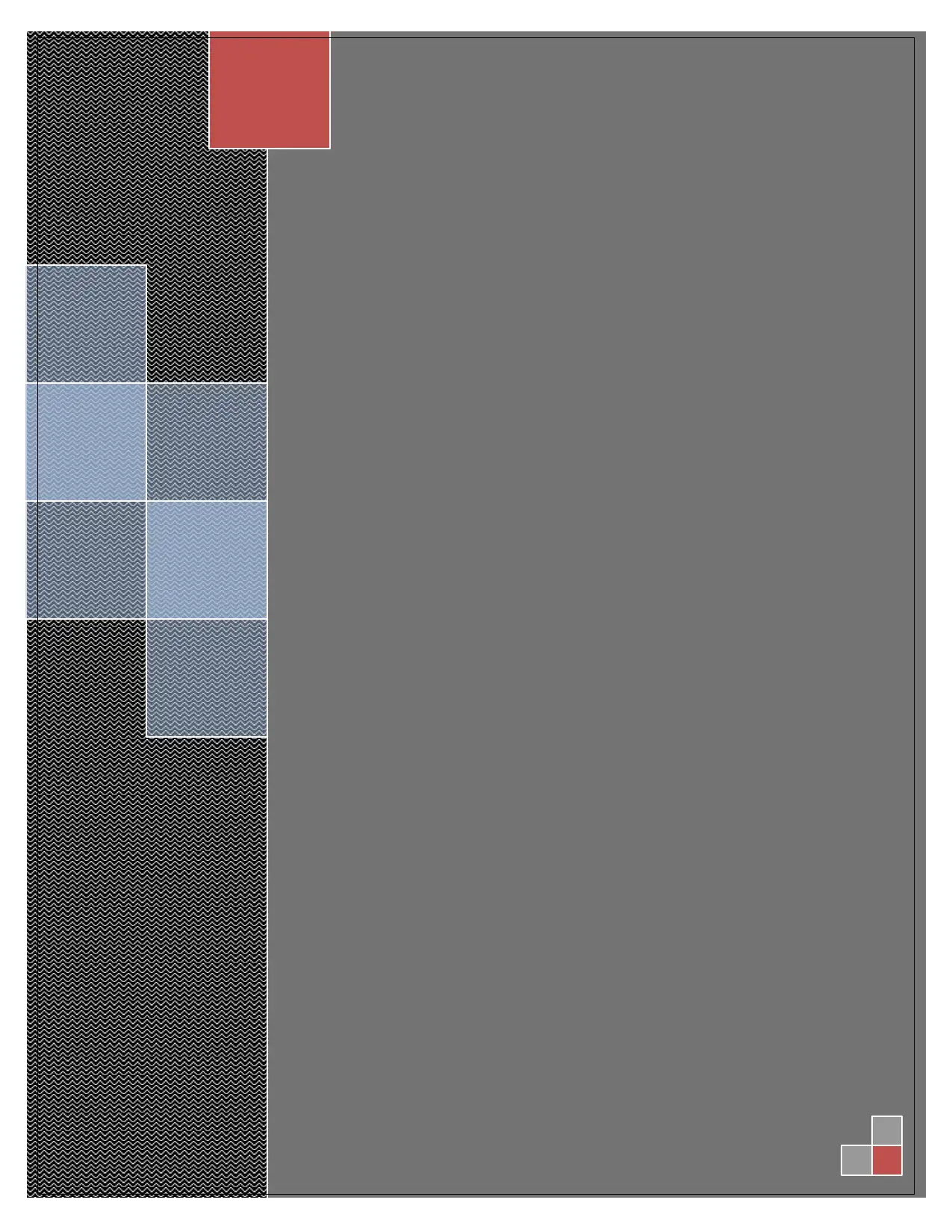
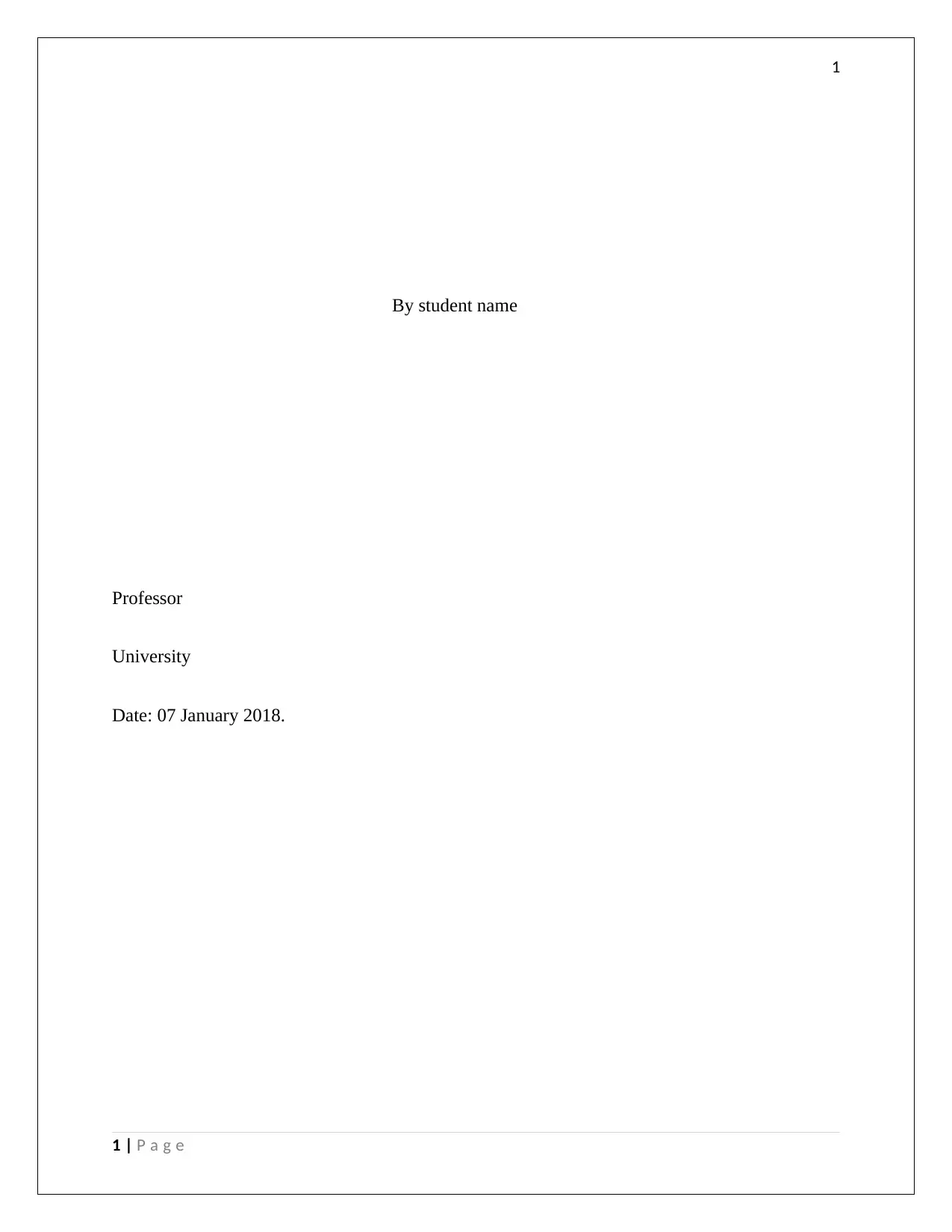
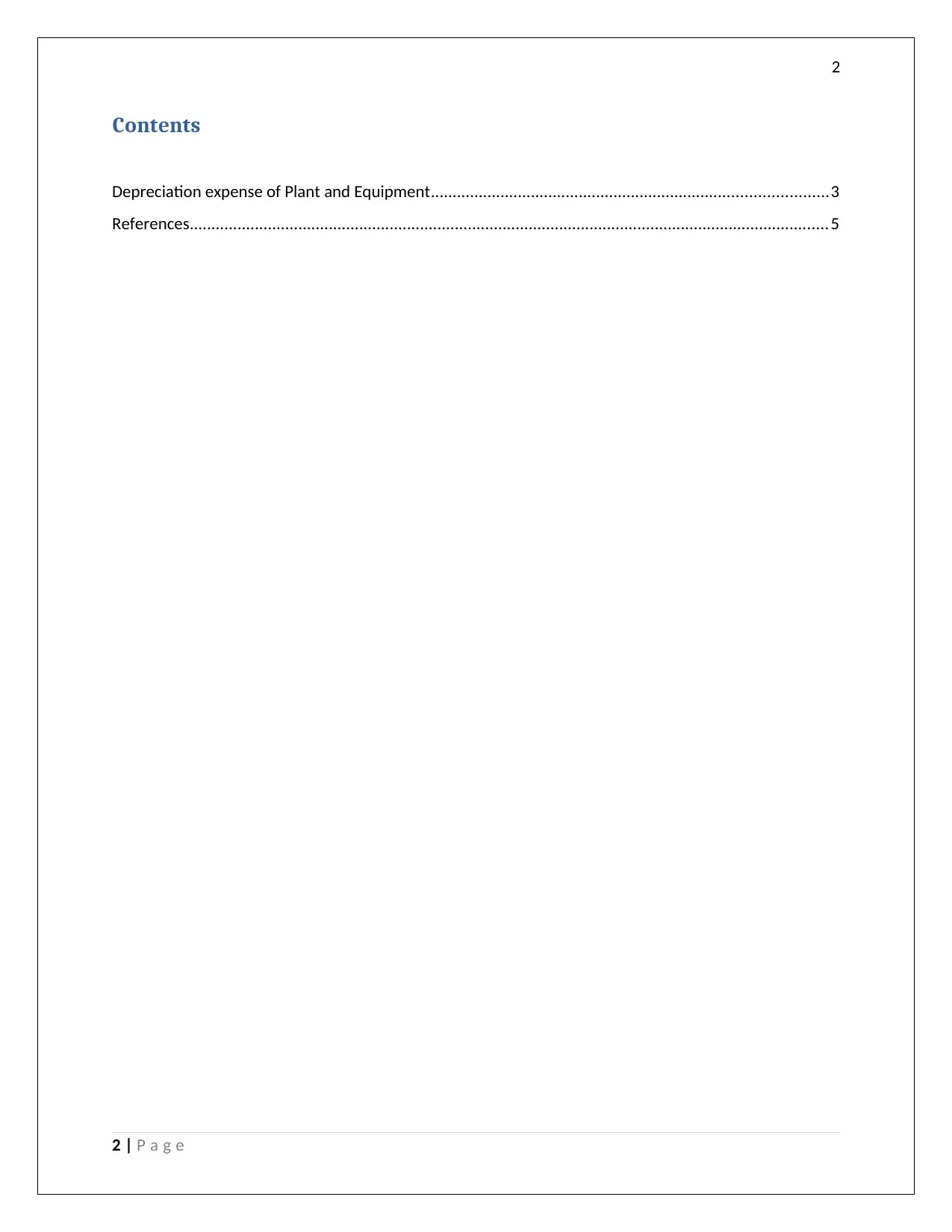

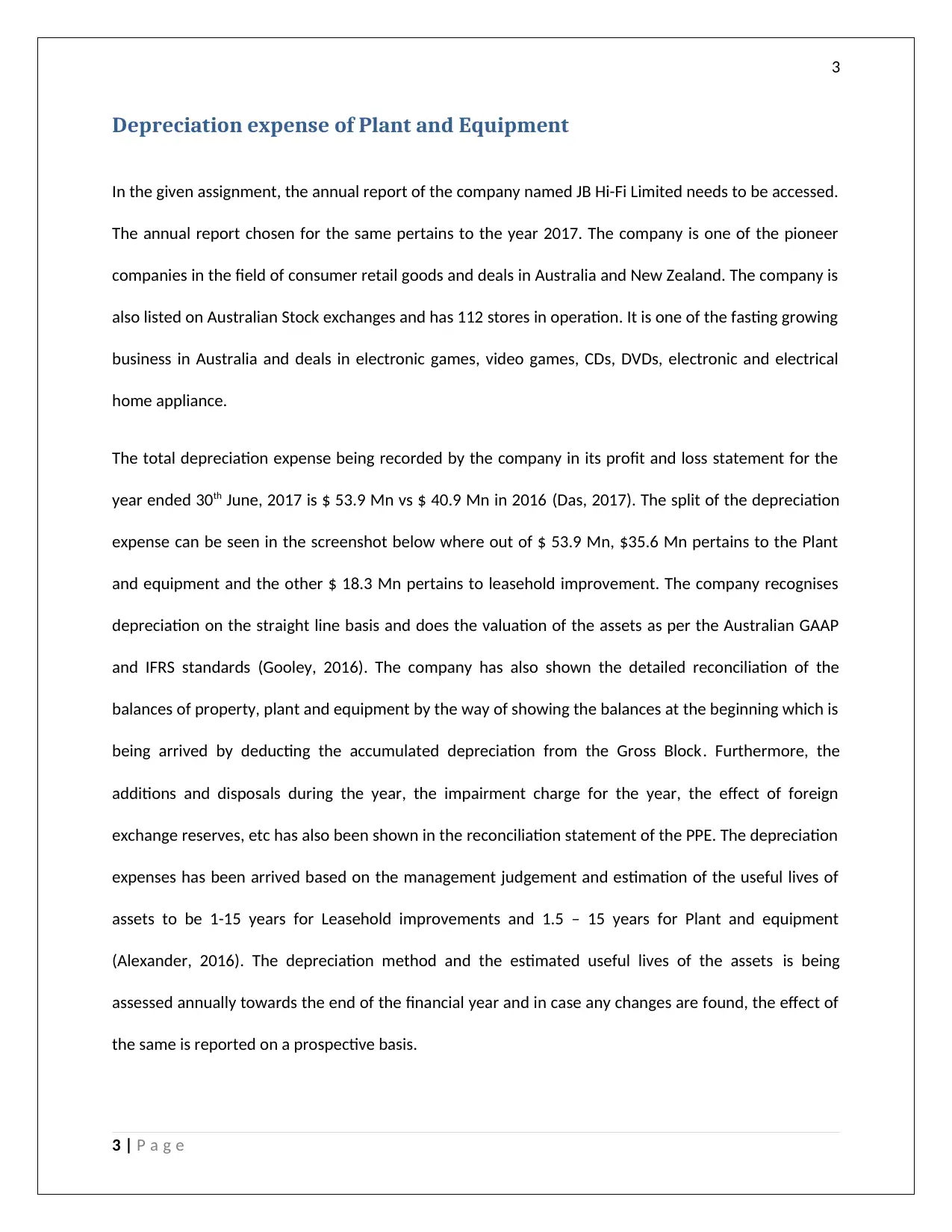
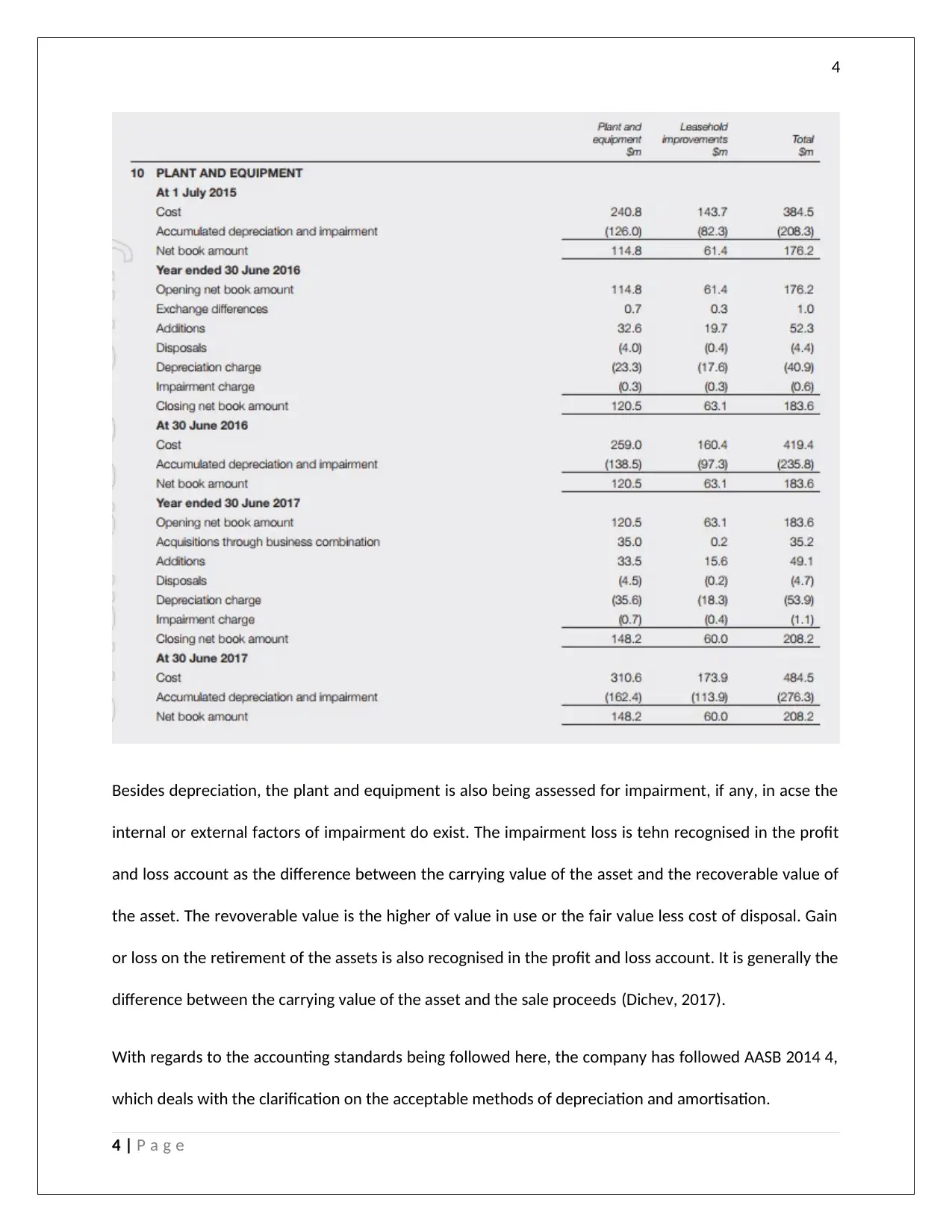
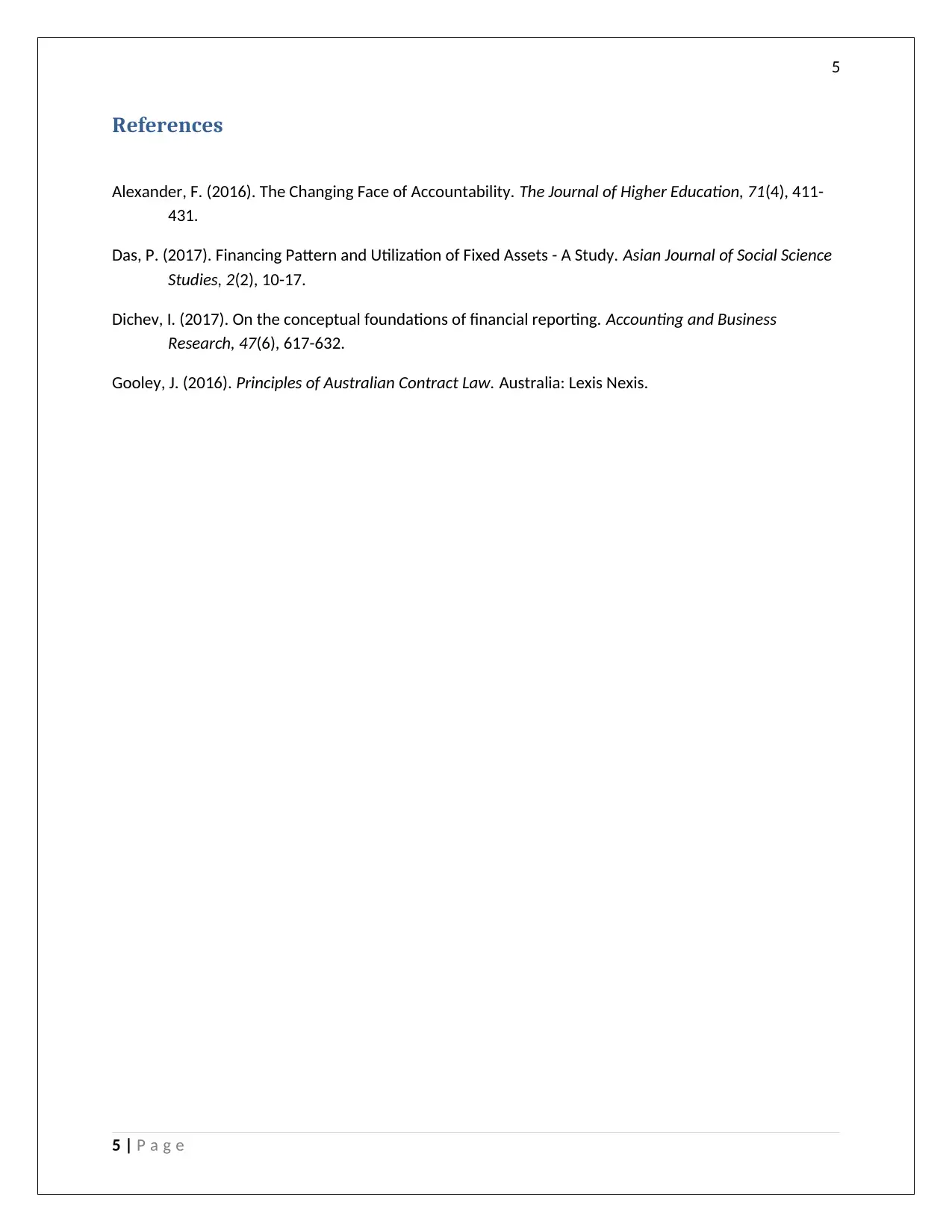






![[object Object]](/_next/static/media/star-bottom.7253800d.svg)